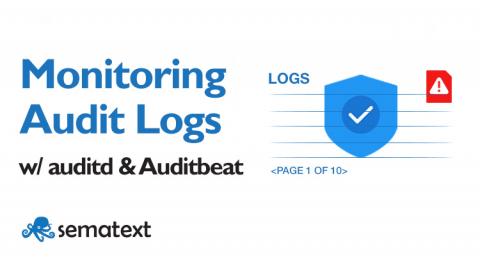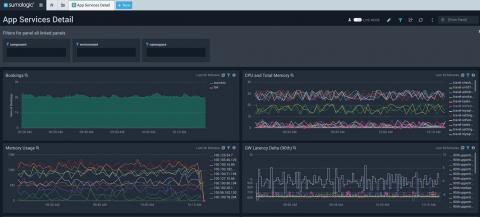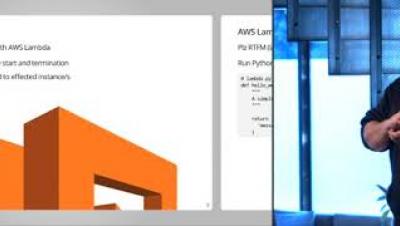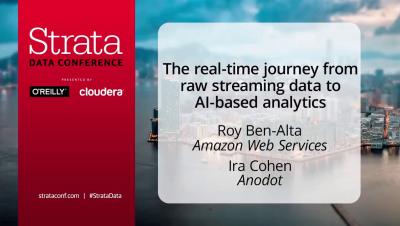Operations | Monitoring | ITSM | DevOps | Cloud
Analytics
Collect Amazon Linux Logs using AWS AMI - Get Insights in 3 Minutes!
Monitoring Audit Logs with auditd and Auditbeat
The Linux Audit framework is a kernel feature (paired with userspace tools) that can log system calls. For example, opening a file, killing a process or creating a network connection. These audit logs can be used to monitor systems for suspicious activity.
The Sumo Logic Advantage for the Analytics Economy
I continue to be intrigued by the evolution of software architectures and their impact on business. In my 20+ year career, I’ve participated in four of these architecture transitions – the shift from client-server to the internet, the rise of 3-tier architectures underpinning rich internet applications, virtualization that upended the dominance of hardware providers, and now the shift to microservices-based architectures based on cloud infrastructure and software automation.
Accelerate Data Analytics with Sumo Logic's Logs-to-Metrics Solution
If you’re building a new application from scratch and are responsible for maintaining its availability and performance, you might wonder whether you should be monitoring logs or metrics. For us, it’s a no-brainer that you’ll want both: metrics are fast and efficient for proactively monitoring the health of your system, while logs are essential for helping to troubleshoot the details of the issue itself to find the root cause.
Transform Graphite Data into Metadata-Rich Metrics using Sumo Logic's Metrics Rules
Graphite Metrics are one of the most common metrics formats in application monitoring today. Originally designed in 2006 by Chris Davis at Orbitz and open-sourced in 2008, Graphite itself is a monitoring tool now used by many organizations both large and small.
Google Pub/Sub Integration with the ELK Stack
This article explores integrating Google Pub/Sub with the world’s most popular open source log analysis platform — the ELK Stack, for deeper analysis and investigation.
Event driven configuration with AWS Lambda
Docker Log Driver Alternatives
“Why does the ‘docker logs’ command fail?“, is one of our frequently asked questions. The answer is simple and mentioned in the Docker documentation: “The docker logs command is not available for drivers other than json-file and journald.”











